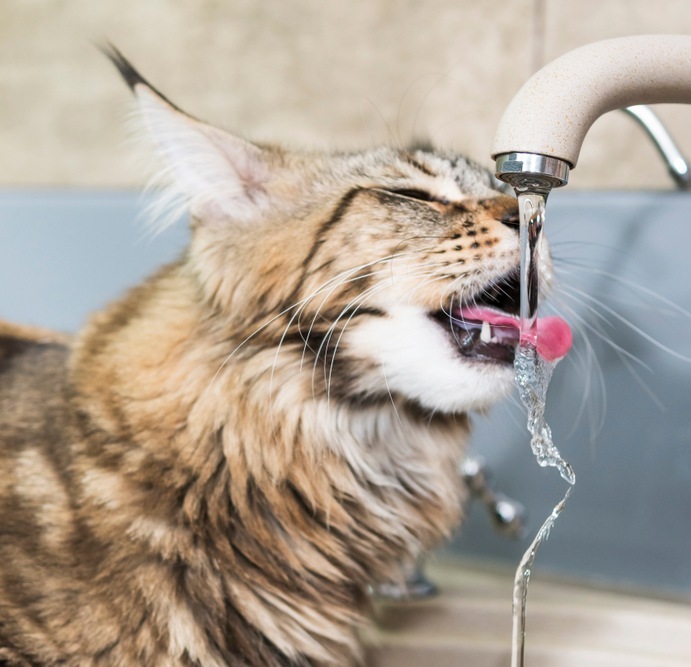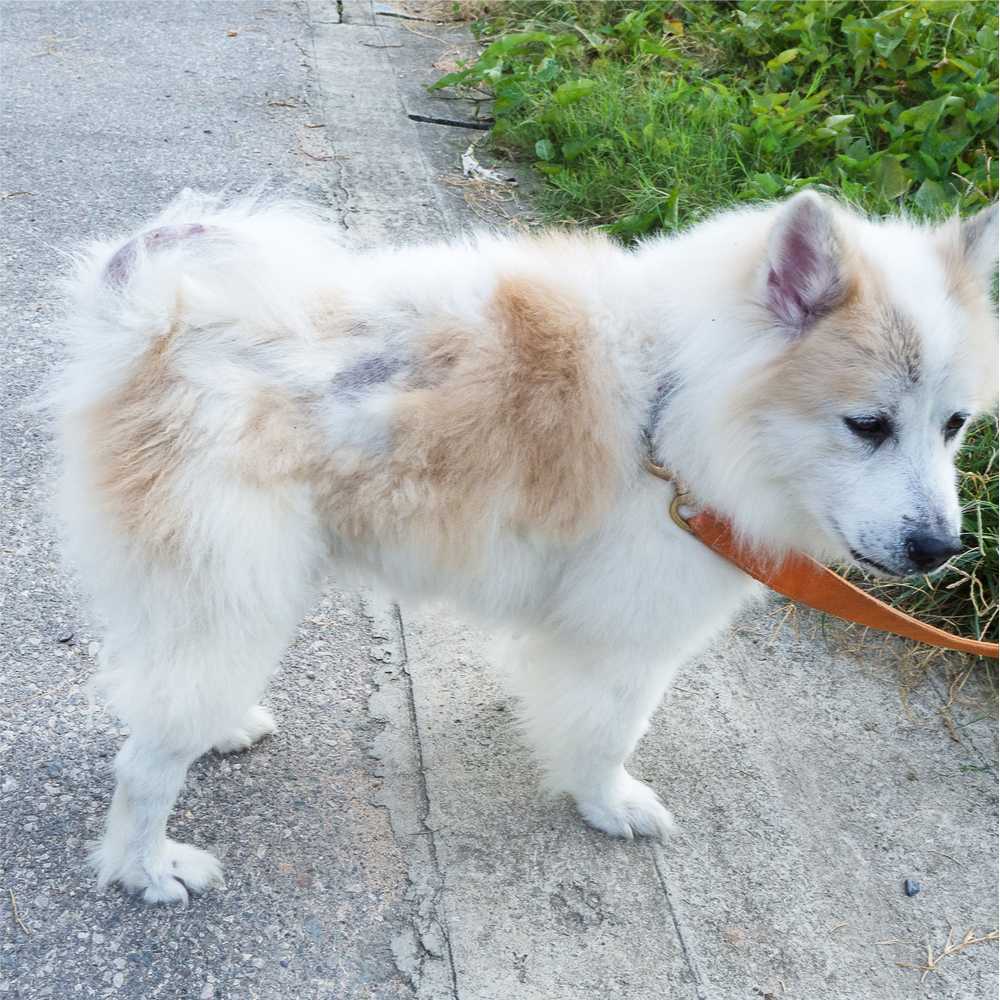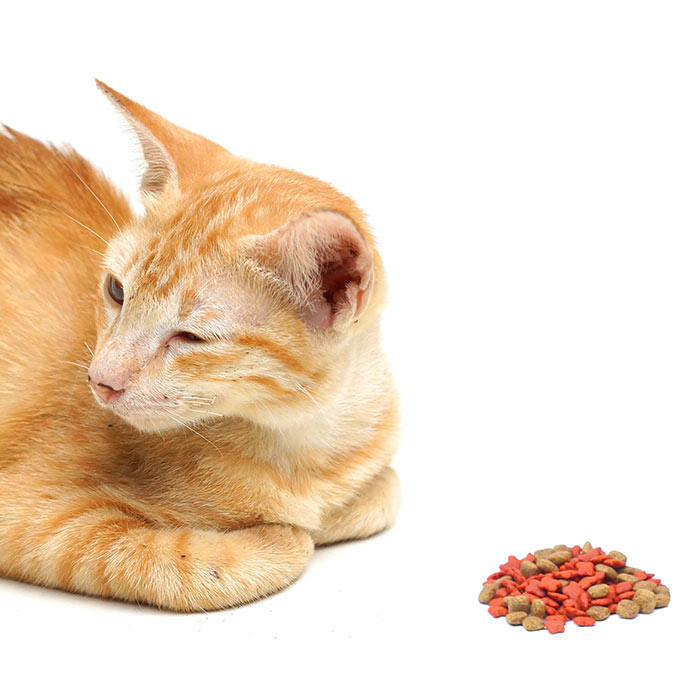Cat Hyperthyroidism
Cat hyperthyroidism is a common illness in cats over 10 years of age. It is the result of an increase in the production of thyroid hormones from the thyroid glands. The thyroid glands sit at the back of the cat’s neck and they are responsible for regulating many of the processes throughout the body.
This illness is one of the most common in older cats and it’s not very often that it is seen in cats under seven years of age. The thyroid hormone helps control the cat’s metabolic rate and when the thyroid isn’t working properly cats will burn energy too fast which means that they tend to eat a lot but at the same time suffer weight loss.
Symptoms of cat hyperthyroidism
The symptoms of cat hyperthyroidism include an increased appetite accompanied by weight loss. The cat may also have increased thirst and an increased heart rate. They may also seem restless and irritable. At the same time some cats with this disease may seem weak and lethargic. Vomiting and diarrhoea can also occur.
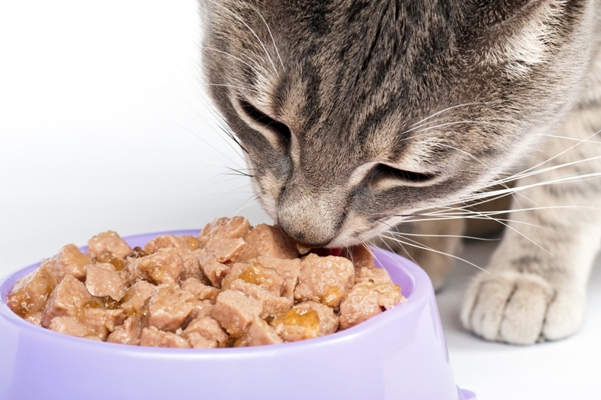
Diagnosis of cat hyperthyroidism
It is important that the symptoms of hyperthyroidism are diagnosed and treated as uncontrolled hyperthyroidism can lead to heart problems, high blood pressure and chronic kidney disease. The vet will usually conduct a physical examination that involves feeling both lobes of the thyroid gland in the throat. In normal circumstances the vet should not be able to feel the gland but if hyperthyroid is present the glands will be large enough to palpate.
The vet will also usually order blood tests to detect raised levels of T4 in the bloodstream and also a urine analysis. A thyroid scan may also be conducted if it is available.
Treatment and management of cat hyperthyroidism
There are a number of treatments for hypothyroidism in cats. These include anti-thyroid medicines that can be used to reduce excessive thyroid hormone secretion. It is recommend that hyperthyroid cats have regular blood tests to ensure that the medicines used to treat the disease are not causing other problems.
Hypothyroidism can also be managed by restricting iodine from your cat’s diet.
The cat can also undergo surgery to remove the thyroid glands. The risk involved with this type of treatment relates to the cat being placed under a general anaesthetic. Some cats that undergo surgery do become hypothyroid again throughout their lifetime.
Radioactive Iodine Therapy is another treatment that involves the injection of a radioactive isotope of iodine just under the skin where the radiation energy kills off abnormal thyroid cells.
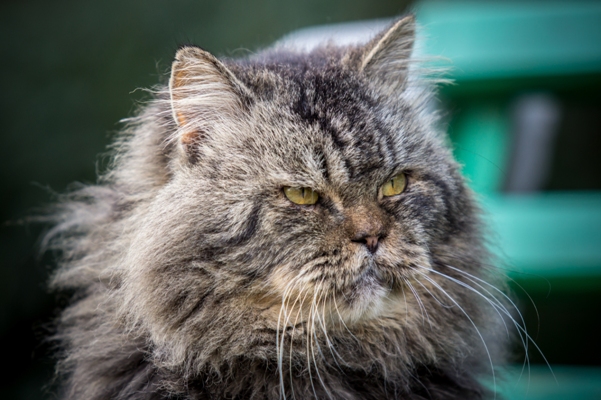
Prevention of cat hyperthyroidism
There is no way to prevent hypothyroidism in cats, but early detection is important.
Commonly affected breeds
Hypothyroidism can occur in all cat breeds but it only affects older cats, usually over 10 years old.
Interesting facts!
- Only about 5% of hyperthyroid cats are younger than 10 years of age.
- Until the late 1970’s hyperthyroidism was unknown in cats.



